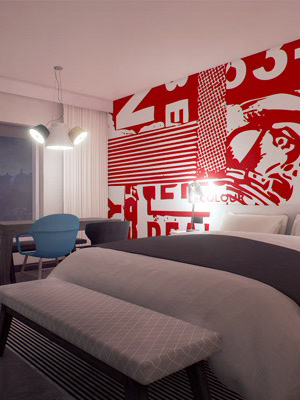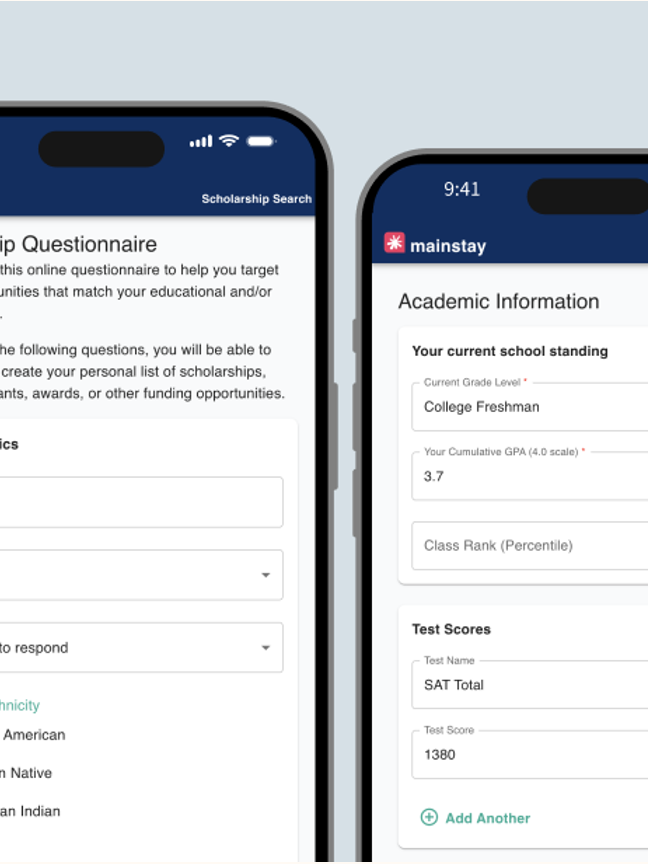ZIZO is an innovative employee gamification platform designed to enhance engagement and management in the workplace through game mechanics. This unique platform incorporates various game elements to improve employee performance while providing real-time insights. The product transforms workplace tasks into an interactive experience, making work more enjoyable and fostering a competitive, motivating environment. Using best practices and proven research in gamification, I focus on providing users with varying ways to perform well on the job using mechanisms that excite them.
Role: Lead UX Designer
As the project's founding designer, I am responsible for the end-to-end design processes. The main objective is to transform an engineer-built software platform into a user-centered, aesthetic platform that focuses on the end user.
Project Goals
• Increase Employee Engagement: Address low engagement levels by using gamification to make routine work tasks more enjoyable.
• Enhance Productivity: Drive healthy competition and collaboration, encouraging teams to exceed performance goals.
• Strengthen Company Culture: Foster team-building and personal connections through avatar customization, rewards, and battles.
• Boost Retention: Provide a platform where employees feel recognized and rewarded, which in turn reduces turnover
The Approach
User Research and Personas
Conducted comprehensive research to understand employee motivation in the workplace, focusing on what elements make work fun, rewarding, and competitive. From this research, I created vital user personas such as:
• The Social Striver: Motivated by team recognition and social rewards.
• The Solo Achiever: Driven by personal performance and individual accolades.
• The Explorer: Seeks variety and novelty, thriving on new tasks and achievements.
Gamification Strategy
Leveraging gamification principles, the design emphasized intrinsic and extrinsic motivators. Each interaction, from small tasks to major projects, was an opportunity to earn points, badges, and achievements. Key features included:
• Daily Missions and Challenges: Work tasks turned into missions with daily progress tracking and rewards.
• Leaderboard Competitions: Weekly and monthly leaderboards that encourage employees to reach specific milestones.
• Battle Mode: Friendly, team-based challenges that encourage employees to compete on task completion, quality of work, or efficiency.
• Avatar Customization: Employees could build unique avatars and unlock items by earning in-platform currency.
• Reward Store: Virtual items, company perks, and other incentives were available for purchase, fueling engagement.
Wireframes and Prototyping
Created low-fidelity wireframes to test early concepts with stakeholders, followed by high-fidelity prototypes that included interactive elements like animated leaderboards, in-game currency counters, and a digital “reward store.” I used prototyping to showcase gamified components and validate usability.
User Testing and Iteration
Conducted usability testing with a group of employees from participating companies. The feedback on avatar customization and the “Battle Mode” feature was overwhelmingly positive, leading to further iteration on these elements to make them more interactive and rewarding.
Implementation
Collaborated closely with developers to implement features that balanced functionality with seamless performance, particularly in the high-stakes “Battle Mode” and “Reward Store” areas.






Challenges
Balancing Gamification with Usability: Gamification must feel intuitive and not overwhelm users. Designing flexible engagement tools, like customizable leaderboards, allowed users to choose their level of participation.
Scalable Design: The platform was scaled, enabling businesses to customize features to fit their specific culture and engagement goals.
Continuous Improvement: Regular feedback loops ensured the gamified features stayed relevant, fostering sustained engagement.

















